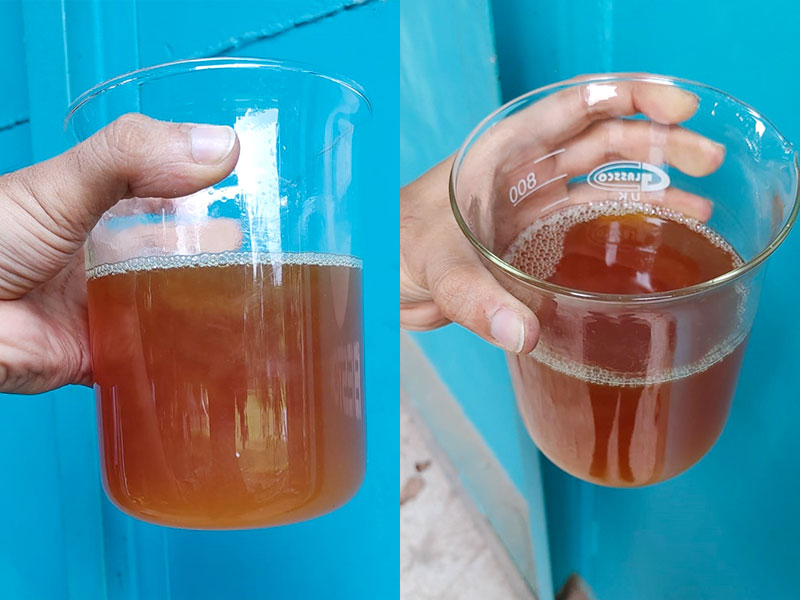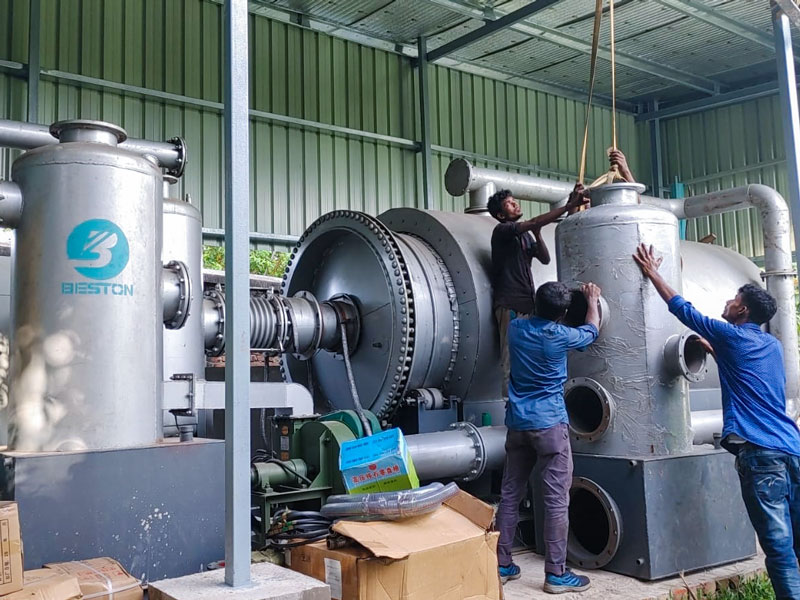A continuous pyrolysis plant is a type of facility that helps to recycle waste material into usable products through the process of pyrolysis. In a continuous pyrolysis plant, waste material is continuously fed into the reactor where it is heated in the absence of oxygen. The resulting gases and liquids are then cooled and condensed to produce a variety of solid, liquid, and gaseous products.

Because the process is continuous, it is able to efficiently recycle a high volume of waste material. Additionally, the products produced by a continuous pyrolysis reactor can be used for a variety of applications. For example, the solid products can be used as fuel or added to soil to improve its fertility, while the liquid products can be used as solvents or industrial cleaning agents.
Understanding the impact of pyrolysis
Pyrolysis is a process that occurs when organic material is exposed to high temperatures in the absence of oxygen. This can happen naturally, as in the case of a forest fire, or it can be caused by human activity, such as the burning of fossil fuels.
Regardless of the cause, pyrolysis results in the breakdown of the material into simpler molecules, including gases like carbon dioxide and water vapor. While this process releases energy, it also reduces the material’s ability to store carbon, which can have a major impact on the environment: https://bestonasia.com/pyrolysis-plant/continuous/.
For example, tropical rainforests are essential for regulating the Earth’s climate by storing large amounts of carbon. However, when these forests are cleared for agriculture or other uses, the resulting pyrolysis releases that carbon into the atmosphere, contributing to climate change. Therefore, it is important to understand the role of pyrolysis in both natural and human-caused processes in order to minimize its negative impact on our planet.

How much energy can be produced from recycling plastic waste through a pyrolysis plant?
Plastic recycling is an important way to reduce the amount of waste that ends up in landfills. However, recycling plastic can also be an important source of energy. Pyrolysis is a process that uses heat to break down organic materials, and it can be used to recycle plastic waste into a variety of useful products, including fuel.
In fact, a pyrolysis plant can produce up to 75% of its own weight in fuel from plastic waste. Not only does this provide a valuable source of energy, but it also helps to reduce the amount of plastic waste that would otherwise end up in landfills. As more and more people become aware of the importance of waste plastic pyrolysis plants are likely to play an increasingly important role in the world’s energy production.
The future of recycling plastic waste and how it will help reduce our carbon footprint
Recycling plastic waste has come a long way in recent years, and it is now possible to recycle many different types of plastic. However, there is still a long way to go in terms of increasing the recycling rate of plastic waste.
The future of recycling plastic waste depends on two key factors: investment in infrastructure and public awareness. In terms of infrastructure, there needs to be a significant investment in sorting and processing facilities. At the moment, many recycling plants like thermal desorption system are not able to deal with the variety of different types of plastic that are produced. As a result, a lot of plastic waste ends up in landfill.
In terms of public awareness, there needs to be a greater understanding of what can and cannot be recycled. Many people are unaware of the different types of plastic and how they should be disposed of. With greater public awareness, recycling rates will increase and our carbon footprint will reduce.